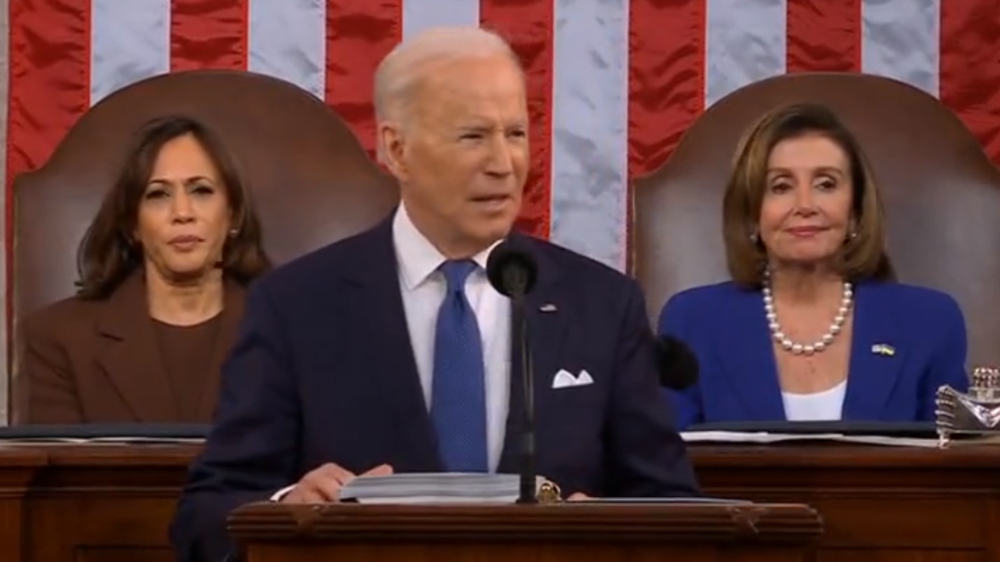Analysis claims that covering all lost deposits in failed banks will only hasten dollar collapse
By jdheyes // 2023-03-27
Tweet
Share
Copy

A new analysis published this week takes a different look at government bank deposit insurance that goes beyond covering the $250,000 limit imposed by the Federal Deposit Insurance Corporation, or FDIC, that will involve tens of billions of taxpayer dollars.
Tyler Durden at Zero Hedge noted on Thursday: "As Simon White writes today, 'a full guarantee of all bank deposits would spell the end of moral hazard disciplining banks and mark the final chapter of the dollar’s multi-decade debasement.' And yet that's where we are headed, even if with a few hiccups along the way, because as White also notes, with the latest banking crisis in the US, it’s the clean-up that could end up doing far more lasting damage. That's because the failure of SVB et al prompted the FDIC to guarantee that all depositors will be made whole, whether insured or not."
On Tuesday, Treasury Secretary Janet Yellen made a comment suggesting that the US could potentially take similar actions if other banks were in trouble, setting a concerning precedent. Although Yellen was specifically referring to smaller lenders, the regulatory trend over the past four decades indicates that this could eventually apply to any lender facing difficulties. Despite Yellen denying that insurance would be “blanket,” this is still a worrying prospect, Durden noted further.
Over the weekend, a coalition of midsize US banks requested federal regulators to extend FDIC deposit insurance for the next two years, as they believe that the next systemic crisis could push the banking sector over the edge. The aim of the request is to alleviate any concerns that could lead to a wider deposit run on regional and community banks, he noted.
BofA's rates strategist Mark Cabana wrote about the potential impact of extending deposit insurance to cover all $18 trillion of US deposits, as opposed to just the current $11 trillion that is insured by the FDIC. Cabana notes that deposit insurance has historically been effective in stabilizing deposit outflows and offers several options for implementation, including insuring all domestic bank deposits or increasing the coverage amount beyond the current limit of $250,ooo per depositor.
"If policymakers consider extending deposit insurance coverage it would impact reserves held in the Deposit Insurance Fund (DIF)," he continued, adding:
What is DIF? One way the FDIC maintains stability and public confidence in the U.S. financial system is by providing deposit insurance. The primary purposes of the Deposit Insurance Fund (DIF) are:
- to insure the deposits and protect the depositors of insured banks and
- to resolve failed banks.
Tweet
Share
Copy
Tagged Under:
economic collapse collapse national debt taxpayers risk inflation pensions FDIC debt bomb dollar demise bank collapse Roe finance riot Silicon Valley Bank bank bailouts collapsing banks Deposit Insurance Fund woke decisions woke banks
You Might Also Like
FINANCIAL COLLAPSE: Once again, Blackstone REIT is limiting investor redemptions
By Ethan Huff // Share
American banks are sitting on a TIME BOMB of $1.7 trillion in unrealized losses
By Arsenio Toledo // Share
Recent News
Silver hits record high amid economic uncertainty, fueling investor frenzy
By kevinhughes // Share
Russia warns of nuclear response as NATO build-up escalates tensions
By patricklewis // Share
South Africa's water crisis: A warning for the world
By patricklewis // Share











